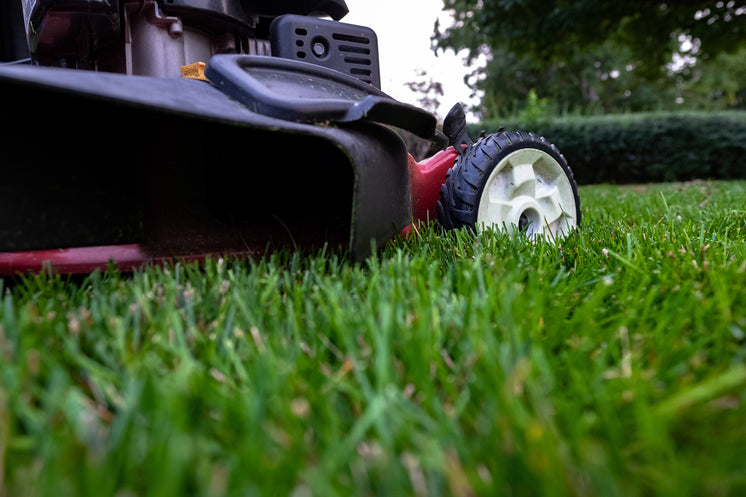Enhance Cutting Efficiency and Extend Blade Life with a Premium Lawn Mower Blade Sharpener
The correct mower blades can be a valuable tool for Efficient lawn mower blade sharpener care, but the wrong type could damage your mower or cause a safety risk. This guide will help you choose the best mower blades to use on your lawn.

Standard blades are designed to quickly cut through dense grass and then send it to the bagging process. They also mulch well.
They cut grass
The blades are able to be quickly and easily used to cut grass into small fragments. These pieces allow the grass to be returned into the soil where they can fertilize it. These blades are less likely to accumulate dust than other kinds of grass.
Blades with a low lift are ideal for sand since they require less power. This kind of blade does not produce a large amount of dust to be blown through the air and will last longer than other kinds of blades.
Blades for mulching and Gator possess greater suction than standard blades, allowing them to process grass clippings into smaller pieces that can be discharged or weighed. They are used by lawn care firms that receive different requests from clients regarding how to handle grass clippings. The flexibility of these blades is a benefit but they’re not as durable like carbide blades or steel. They may require more maintenance like cleaning, balancing and sharpening.
They Mulch
The blade on a regular lawnmower creates a powerful vacuum on the ground, permitting grass to be precisely cut. The suction can also draw up dust and moves it across the deck. This can cause the mower to wear out quickly. the mower.
High lift blades, on contrary, suck up grass, pushing it forward so that it can be easily discharged into a side discharge chute or bag. The blades are generally bent and include additional cutting surfaces on the edges to help in mulching.
The most effective results can be achieved by selecting the best blade for your lawnmower. If you want to make certain that the blade you choose is the right one, check the part number or code on the blade. This should match the parts list in your user’s manual. Also, make sure that the center hole pattern on the new blade matches up with the one included with the unit. If you’re sure that the blade fits properly you can attach it using the washer and nut included.
They lift grass
When the mower is moving, the larger edges of high-lift blades collect an air pocket. The air cushion is created which reduces friction and resistance during cutting and gives an easier cut. It also draws up the clippings, launching them into the side discharge chute to make it easy to dispose of.
These types of blades are great for mowing dense grass that might cause clumping. These blades work well on dry or wet lawns However, they won’t be effective when mowing on dirty or sandy surfaces since they are able to pick up and throw dirt and stones into the air.
Make sure you take the proper safety precautions when changing your lawn mower blade. It is necessary to park your mower on a level surface, remove the key from the ignition, and then lift the deck of the mower to reach the blade. The bolts can be removed which hold the blade in place and then install the new one.
They release grass
High-lift blades are characterized by their big edges that create a pocket of air as they move through the grass. This helps reduce friction and resistance. The suction created by the blades lifts up the grass clippings and propels them into a side discharge chute to make it easy to dispose of them.
Low-lift blades are better suited for cutting sandy soil since they do not produce enough suction to raise grass up. They are also more susceptible to damage caused by stones and other debris that can enter the mower when cutting.
2-in-1 blades can be used on regular mowers as well as one with a rear bagging attachment. These blades feature some slight curvature around the edge, which helps to reduce clumping, as well as helps better distribute grass clippings over your lawn. They are only able to provide moderate air flow, which could cause strain on your engine and limit the ability to control the distribution of clippings.
